The
Kruger National Park, South Africa, remains my favourite destination for
wildlife photography. In particular, I am enthralled by the more densely
vegetated central and northern regions of this vast, magnificent reserve. From
the middle of the park northwards, the vegetation quickly becomes dominated by mopane
(Colophospermum mopane) on the
flatlands. Three large rivers, flanked by thick riverine bush, cut across the
flat plains. The rivers and their numerous smaller tributaries allow the growth
of dense woodlands and scrublands in this part of the park.
Many
of the roads in the northern half of Kruger travel along the large rivers and
their branches. These rivers are often dry, with wide sandy riverbeds, except
after very good rainfall – sadly in more recent decades, these rivers have
flooded much more frequently than customary in the past, causing extensive
damage to the riverine bush flanking their banks. The gravel roads in the central
and northern sections, particularly, are often narrow. They wind up-and-down
through large gullies; they wind along twists and turns, following the snaking
courses of the rivers. All along the way, even narrower, more hidden little loops
extend from the roads to the banks of the rivers – here you get spectacular
views of the wide rivers and their often high riverbanks. The roads also frequently
skirt small kopjes and rock-outcrops. All-in-all, the roads of central and
northern Kruger offer privacy and add a sense of mystery to any game-viewing
drive.
While
game sightings with photographic potential are far more rare in this part of
Kruger (rather than the grassy plains and more open bushveld of much of the
south-central and southern sections), when I do stumble upon a sighting, it is
usually brief, intense and intimate – the way I like it. Moreover, sightings of
game often happen at very close quarters – that is, if you are lucky and the
game is not spooked by your approach. The winding roads, the small lookout
loops and the dense vegetation always heighten my sense of anticipation. You
have to scan the terrain very thoroughly – anything could be hidden behind the
thick bush, massive tree-trunks, dense reeds in the riverbeds and large
boulders of the kopjes. Just possibly, some spectacular animal could stroll out
into the open at any moment to afford me the briefest of glimpses.
Since
good sightings are infrequent and the vegetation is very dense, many
photographers find the environment of the central and northern sections of
Kruger less-than-ideal for wildlife photography. However, I thrive on the numerous
challenges set by this part of the park. The greatest challenge is to get it
right; to achieve your photographic goals here takes concentration, a lot of
very hard work and time. I get much greater satisfaction if I capture just a
few photographs that are good (for me, not necessarily for the ‘experts’ on
social media), rather than returning with hundreds or thousands of clicked-off
images of a sighting of game that lies exposed before a crowd of game-spotters and
me for hours. For me personally, the greater the challenge, the more I have to
work at photography, the better. It is in short, intense interactions with game
that my instinctive reactions (of camera settings, composition and
visualisation) allow me to attempt to capture a unique photograph.
I
also relish the challenge of shooting in an unpredictable environment that
shields my ‘prey’. For me, the challenge is always to show an animal in its
environment; it is never the animal on its own that is important to me as an environmental
photographer. To me, a successful photograph must express the ‘being’ of my
‘prey’ and must not simply be another documentary portrait of a particular
species.
The
numerous layers of vegetation – grasses (short and tall), shrubs, bushes, trees
(the stained-glass mosaics of leaves and branches) – always test my skill at
composition too. I have to consider the lines, shapes, positive and negative
spaces, patterns and rhythms, and perspective – always subtle, never obvious in
the bushveld – while attempting to get a complimentary composition of a subject
that I am interested in photographing, a subject that invariably has no
intention whatever of obliging my photographic aspirations. Add to this often
cluttered, three-dimensional environment the different textures and hues of the
vegetation and the ever changing fall of light and shadow. For any photographer
interested in chiaroscuro (as I am) the dense bushveld of central and northern
Kruger is a paradise.
In
Kruger, the seasons are defined less by the calendar, more by the presence or
absence of good rainfall. The bushveld-palette of the northern half of this
national park changes dramatically with the seasons. Spring is a time of recovery,
mixing fresh new greens of short grasses and young leaves with the bone-white
of the remaining straw of the previous summer and the browns of winter. In
years of good rains, summer can be overwhelmingly green throughout, until
flowers and fruit appear later in this season. The colour palette of autumn is
the most spectacular – the grasses attempt to out-compete each other with their
display of the range of yellows; trees and bushes along the rivers compete with
greens; while the mopane outshines all other vegetation with its hues of green,
lemon-green, yellow, orange and deep-red. For all plants and animals, the
winter is the harshest season, often extended for several months during times
of drought. On the flat plains, almost all of the plants are deciduous,
dropping their desiccated dark-brown leaves, and leaving behind only their
twisted, tortured stems and branches to form brown-black skeletons reaching
towards the cloudless sky, like supplicants, with arms raised, begging the
deities for mercy.
Irrespective
of the season, a host of animals are thrown into the mix of colours of the
vegetation – the Big Five, the Tiny Five, the Magnificent Seven (or Eight),
depending on the conversation of whichever particular crowd of game-viewers to
which you are subjected. When it comes to wilderness – and only then – I am catholic.
To me, Kruger is home to the Awesome Twenty-Thousand at least, and then there
are still the waters of streams, rivers, pans and mud-puddles; the endless
morphing realm of the clouds; the infinite earthly landscape of sand, soil,
rocks and boulders of the riverbeds, riverbanks and kopjes. How could any
photographer, obsessed with capturing and expressing in images the patterns and
processes of our planet and its inhabitants, not fall in love with the central
and northern sections of the Kruger National Park in South Africa?
Of
the several million sightings of the tremendous variety of the landscape, the
plants and the animals that I have been privileged to witness, the majority are
recorded only in my memory. Very often – most often, in fact – I could not
record on camera a fraction of beauty, a sliver of action. The moments were too
sudden and too fleeting; the sightings were impeded by the dense bushveld of
the central and northern Kruger; or, I simply failed to find a composition that
was worth seizing.
And,
it is precisely these ultimate of challenges to my own photography, my own
vision of wilderness, that draw me back, again and again. The central and
northern sections of Kruger hold on to their treasures; it is not easy working
in this environment. Nevertheless, you can (with a bit of luck, with patience
and with very hard work) be offered a very special gift – that feeling of the
ethereal, that image of the fleeting moment, and that sense of place.
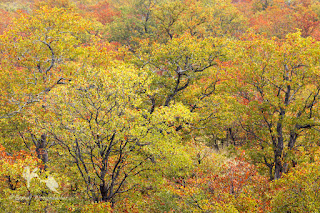
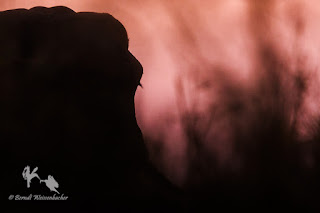
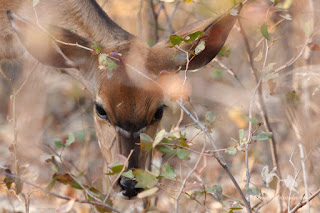
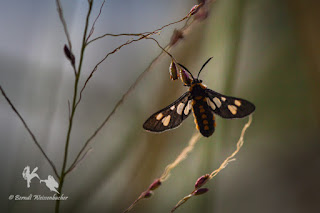
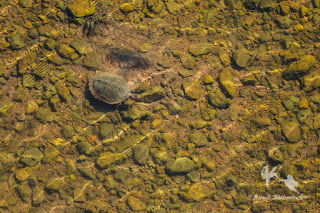
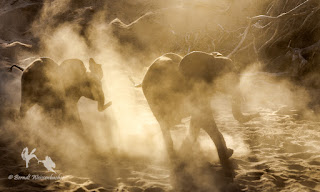

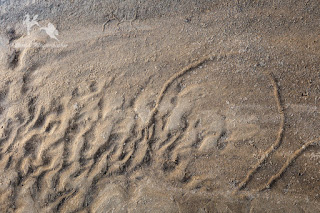

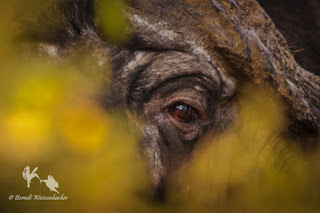
No comments:
Post a Comment